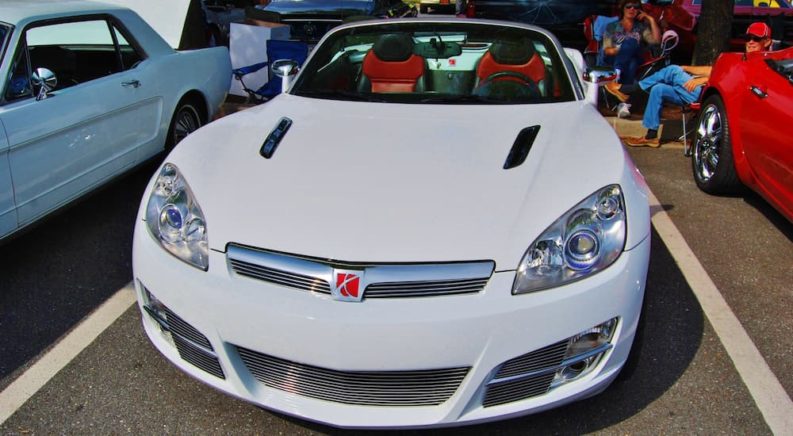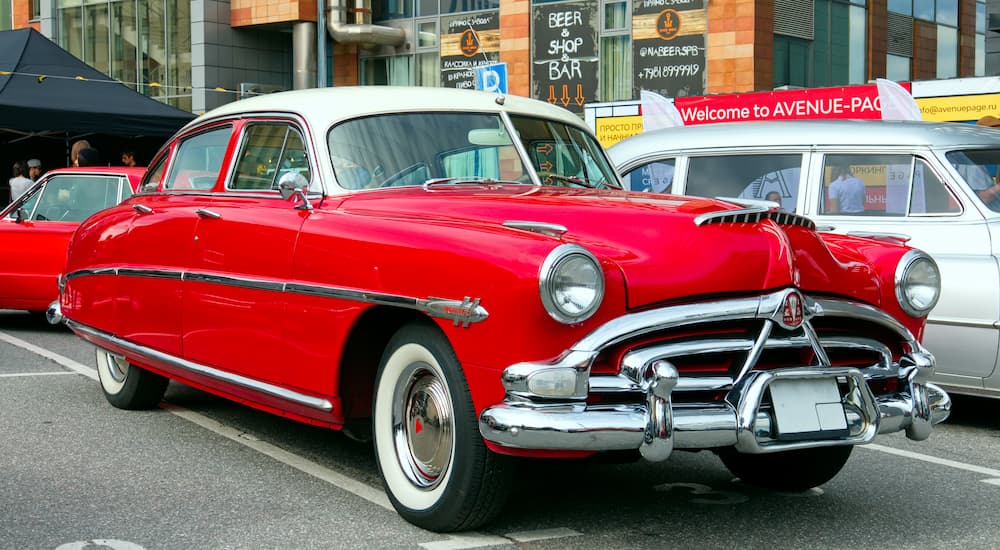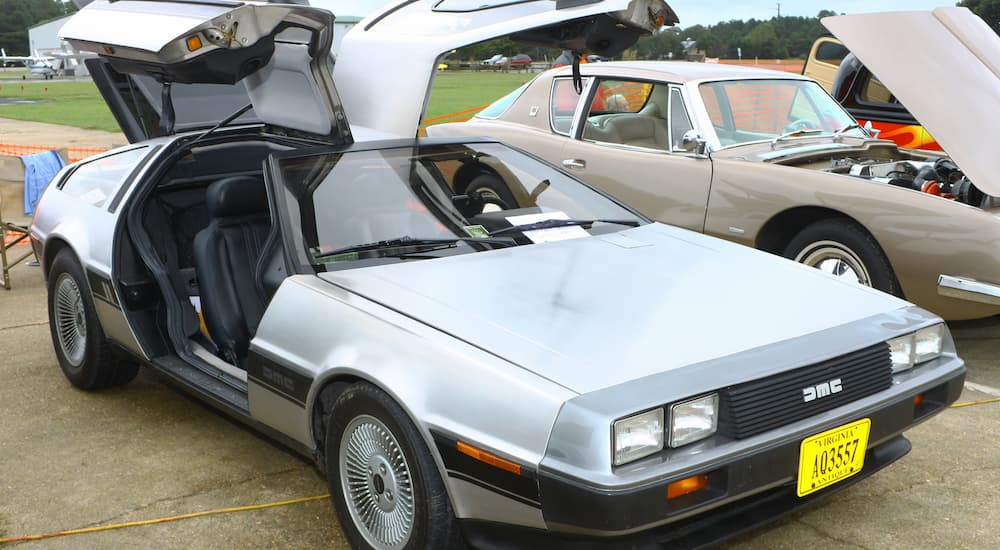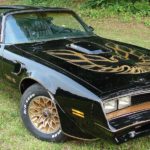The auto industry is primarily a zero-sum game: there are a limited number of customers and each one usually only buys one (or two) vehicles at a time. In other words: a customer that buys a Ford truck hasn’t bought a Chevy truck – someone who chose a Chevy didn’t buy a Pontiac. What am I getting at here? When it comes to car companies, there are clear winners and losers every year – sometimes the “losers” bounce back, and sometimes they don’t, leaving us with dead car brands we want back.
This means there are numerous auto brands that have died off over the years, some that I miss and others that are probably better left buried. Some of these brands were around for decades, with a string of successful and popular models before finding themselves on the wrong end of the industry. Others never really had a fighting chance and have been largely forgotten – or exist only because of pop culture (This is heavy!). Let’s take a look at some of the brands that I’d love to see make a return someday – presented in no particular order.
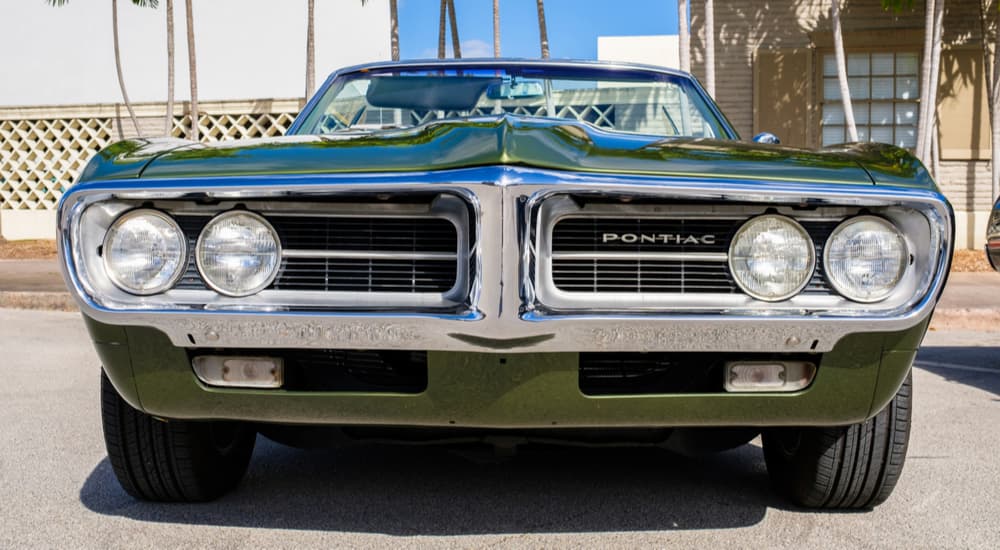
#1 – Pontiac
One of the more recent deaths on this list, Pontiac, was still around just over a decade ago. First introduced in the 1920s, the Pontiac brand was initially offered as a lower-cost alternative to pricier luxury cars while still giving you a fantastic vehicle. Throughout the decades that followed, it developed into a leader in terms of power, performance, and overall fun-to-drive-ness. Sadly, the gas crisis of the 1970s hit the Pontiac brand hard, along with new safety regulations, and it never fully recovered from that one-two punch. GM nixed the Pontiac brand during its 2008 reorganization, but it’s one I’d love to see come back.
#2 – Plymouth
Equally legendary and equally missed, the Plymouth brand also came along in the 1920s. It was introduced by Chrysler as a lower-cost alternative yet had a bold aesthetic that made it immensely popular among a lot of drivers. Unfortunately, this design was mostly lost throughout the 1990s as Plymouth models were made to look like pretty much every other car out there. Plymouth came to an end in 2001, after years of falling sales, but I’d love to see it return with a retro style that would really make it stand out among modern sedans.
#3 – Studebaker
Few names are as synonymous with the 20th-century auto industry as the legendary Studebaker, which first started making wagons in the 1850s, well before the popularity of the “horseless carriage.” Studebaker started making cars in the early 1910s and developed a name for themselves as makers of reliable vehicles that were quite popular – popular enough to get through the Great Depression and remain a household name. In the 1950s, price wars between the Big Three, particularly Ford and GM, pushed numerous other brands aside, and while Studebaker survived this initial conflict, they couldn’t make it through the 1960s.
#4 – Hudson
Although perhaps not as well known today as it once was, Hudson was among the most successful auto companies in the early 20th century. First started in 1909, Hudson produced affordable vehicles that didn’t lack in style, and they quickly became the third biggest auto brand from Detroit – right after Ford and Chrysler. Their sales numbers peaked in 1929, and though they made it through the Great Depression, they never managed to reclaim their former glory. In an attempt to survive, Hudson merged with Nash-Kelvinator in 1954 to form…
#5 – American Motors Corp
In the 1950s, the American auto industry was largely dominated by the Big Three: Ford, GM, and Chrysler, making it very difficult for other brands to compete. In an attempt to survive this, the aforementioned merger took place to create American Motors Corp or AMC. They had some early success with several models, including the Nash holdover Rambler, along with the Pacer, Hornet, and others – they even owned the Jeep brand. Despite their popularity, they still couldn’t overtake any of the Big Three, and AMC was ultimately sold to Chrysler in 1988 (this is how Chrysler came to own the Jeep brand).
#6 – Oldsmobile
Oldsmobile started as an independent car company but was purchased by GM in 1908 and remained a signature brand within the company. Oldsmobile models were well known for their speed and power, with impressive Rocket V8 engines that made them very popular throughout the 1950s and 1960s – Oldsmobile was the third-most-popular brand in the US by the mid-1970s. In the decades that followed, they lost some of their identity, and their performance began to lag behind other brands, eventually earning a reputation as being primarily for older drivers. The Oldsmobile name came to an end in 2004 when GM ceased production of their models.
#7 – DeLorean
The eponymous John DeLorean was GM’s youngest executive ever, and he made a big name for himself with the Pontiac GTO. Using this success, he started his own DeLorean Motor Co. in the 1970s and designed something truly special: the DeLorean (yes, the designer, company, and car all shared the same name). He built a factory in Northern Ireland to begin producing the vehicle, but he had a fair amount of trouble with quality control and other issues. His company went bankrupt in the 1980s and only produced about 9,000 vehicles. Though an initial disaster, a certain movie turned one of these cars into a time machine, and the DeLorean became a collector’s item with a cult following.
#8 – Tucker
Speaking of auto brands made more famous by movies, the Tucker 48 is the quintessential example of a car that deserved better. Following WWII, the Big Three here in the US hadn’t introduced a new car in quite a while, and a man named Preston Tucker decided to tackle the job. Started in 1944, the Tucker Corporation developed a vehicle that had a famously poor debut in 1947, but later showings revealed a far more competent car. It included a wide range of “futuristic” features, including a third headlamp that would turn with the steering wheel, a padded dashboard for extra safety, and a windshield built from shatterproof glass that was designed to pop out in a collision. The Tucker 48 was ultimately killed off by a high-profile investigation into the company’s finances, from which the brand never recovered.
#9 – Saturn
The most recent brand to come and go on this list, few are as well known to kids of the ’80s and ’90s as Saturn. First started in 1985, Saturn was referred to as a “new kind of car company” because it was a private, employee-owned company that was part of GM but given nearly full autonomy and operated separately from the rest of GM’s brands. Saturn models sold well, though they weren’t massively successful, and other GM divisions were apparently jealous of the amount of freedom that Saturn’s employees had. The Saturn brand came to an end in 2010 when GM was still recovering from its restructuring just a couple of years prior.
#10 – Chrysler
What, Chrysler is still around? Well, you could’ve fooled me! Yes, okay, Chrysler is still alive, but have you seen their lineup lately? At this point, it’s a single, uninspired sedan and a minivan that is barely limping along on life support. Chrysler was once one of America’s automotive kings, and though they’re still one of the Big Three (though that really refers to Stellantis now), the “Chrysler” name doesn’t mean much anymore. I’d love to see Chrysler come back and redefine itself with something bold and new – just not another minivan, please.

